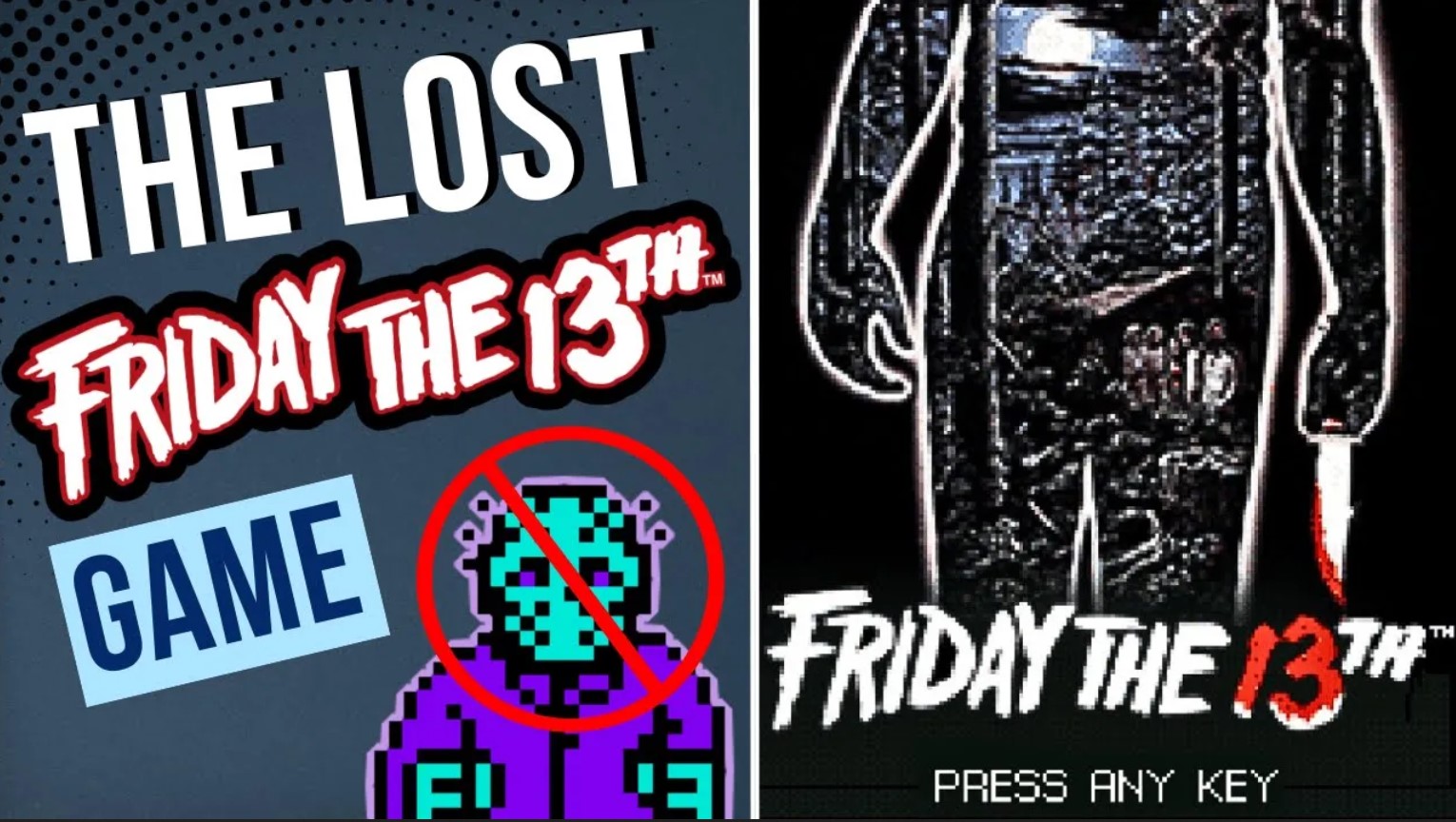“God is gone. The holy ghost is gone. Christ is gone.”
Folk horror really is its own breed. It’s set apart from traditional horror – psychological, supernatural, slasher, body horror – by virtue of the fact that it doesn’t need to be frightening in order to be scary. The best folk horror – films like The Blair Witch Project, Midsommar, The Wicker Man, and Kill List, books like Harvest Home, Between Two Fires, and The Scarfolk Annual – endure not because they scare us, but because of how they make us feel (don’t get me wrong, some folk horror, like The Ritual for example, is flat-out terrifying). Good folk horror should invert the concept of the other back onto us. The idea that we are the stranger in a land or situation in which we have no control. Black Death finds its place among that august company, although it’s less of a horror film and more of a grimdark slog through the darkness of the human soul.

And nowhere was that soul darker than in Europe during the reign of the bubonic plague. Gruesome death became as much a part of life as the sunrise, and Christopher Smith’s film dutifully recreates the all-too-common site of streets lined with bodies or men covered in festering sores. It’s not a scene meant for beauty, which is why young novitiate Osmund (Eddie Redmayne) is sending his secret lover away from the sickness. She gives him some very detailed instructions on how and where to meet again, and soon Osmund finds himself in the employ of a knight named Ulric (Sean Bean), who happens to be headed that same direction to find a town that he believes is in the thrall of a necromancer. Their mission is to capture the leader of the village and bring them back for confession and execution.
If you can’t tell from reading that, Black Death is bleak. This works in its favor; there’s no room here for comic relief, or Marvel-style quips. The movie echoes travelogues like The Painted Bird as it episodically moves from one travesty to the next. First they find a woman about to be burned for witchcraft. Ulric frees her, only to slit her throat. “She was already dead,” he reasons to Osmund. Ulric knew that the knife was better than the flame. Osmund’s faith, already fraying, unravels even more. Every day of this journey is a dark night of the soul, an endless descent into depravity and degradation. The men tell a story of a village that burned 128 women in a single night: “By the end of the week the men were shagging pigs.” They encounter a group of hooded pagans, crossing a river and flagellating themselves, who warn them off of their journey, saying, “Where you’re going men have become savages.”

Christopher Smith’s direction is more workmanlike that it should be for such an atmospheric story, but the performances help. Osmund is one of Eddie Redmayne’s less mannered performances, and it’s better and more realistic as a result (there is none of Jupiter Ascending‘s campy bombast to be found). It’s enough to remind that you that this guy is a solid actor when he’s not trying to show everyone how hard he’s acting. Sean Bean is basically playing Boromir, but with a much sharper edge, and lest that sound like damning with faint praise, remember that Sean Bean is really good at playing Boromir. Later we meet Langiva, played by Carice Van Houten in what amounts to a dry run as her turn as Melisandre on Game of Thrones. Again, not a complaint; Van Houten is erotic and imperious in equal measure, as alluring and deadly as a witch should be.
What’s impressive about Black Death is how unrelentingly, astonishingly bleak it is. There is no catharsis or even closure; indeed, the coda at the film’s end (which I won’t spoil here) all but tells us that Osmund’s soul becomes more and more tainted, sending him down a path darker even than Ulric’s. The violence throughout is striking, but never feels exploitative. It’s a fact of everyday life. There are some moments that still shock, though; if you’ve ever wondered why more horror movies don’t feature scenes of a character being drawn and quartered, Black Death has an answer for you, and it ain’t pretty. The movie has a mean streak that sometimes crosses over into downright nihilism, which is absolutely not a bad thing. When the men are taken prisoner, they are ordered to denounce their faith to save their lives. One does, and is promptly hung from a tree, having assured his place in hell.
In terms of outright storytelling, Black Death isn’t trying to bring anything new to the table. If you think you know what’s going to happen, well, you almost certainly do. That’s neither a good or bad thing; it’s not a value judgement but a statement of fact. When you know the story you’re about to be told, the telling matters more than the story. The telling here is good if imperfect. But by the film’s end, you feel worse than you did when it started, and isn’t that what folk horror is all about?




